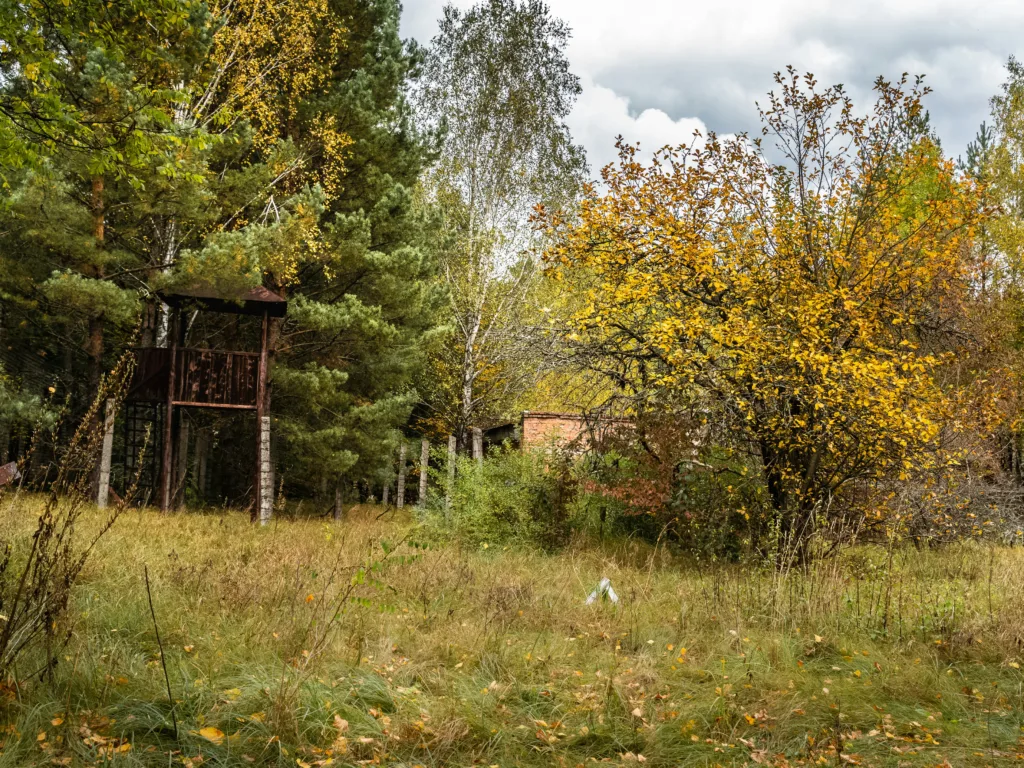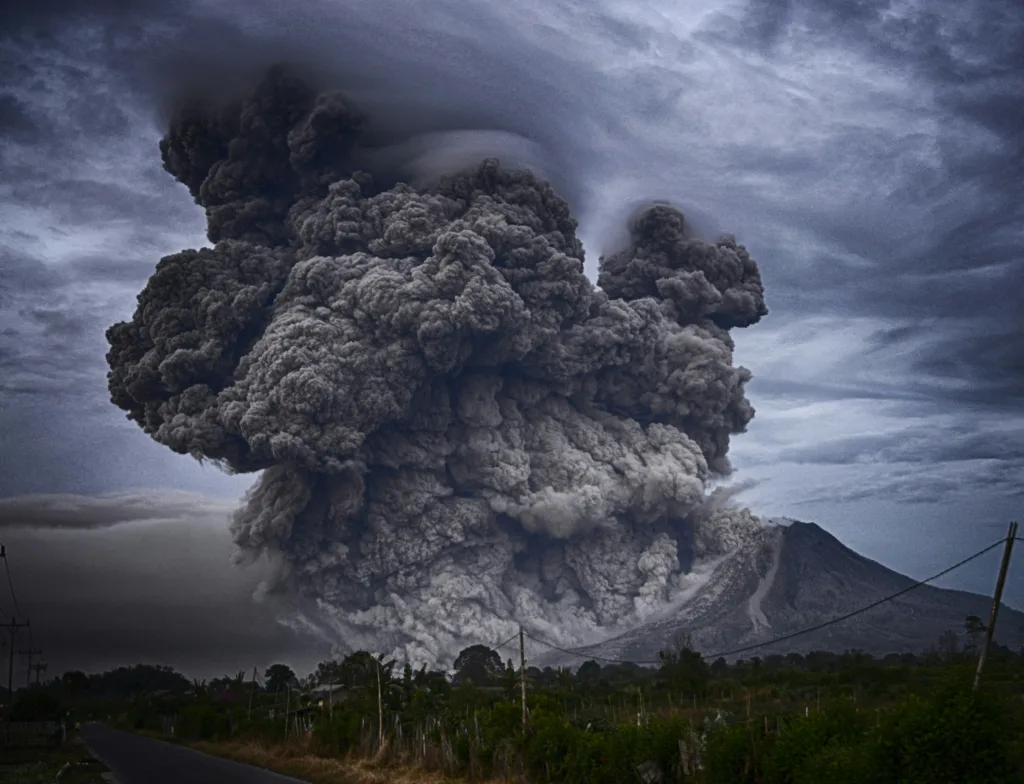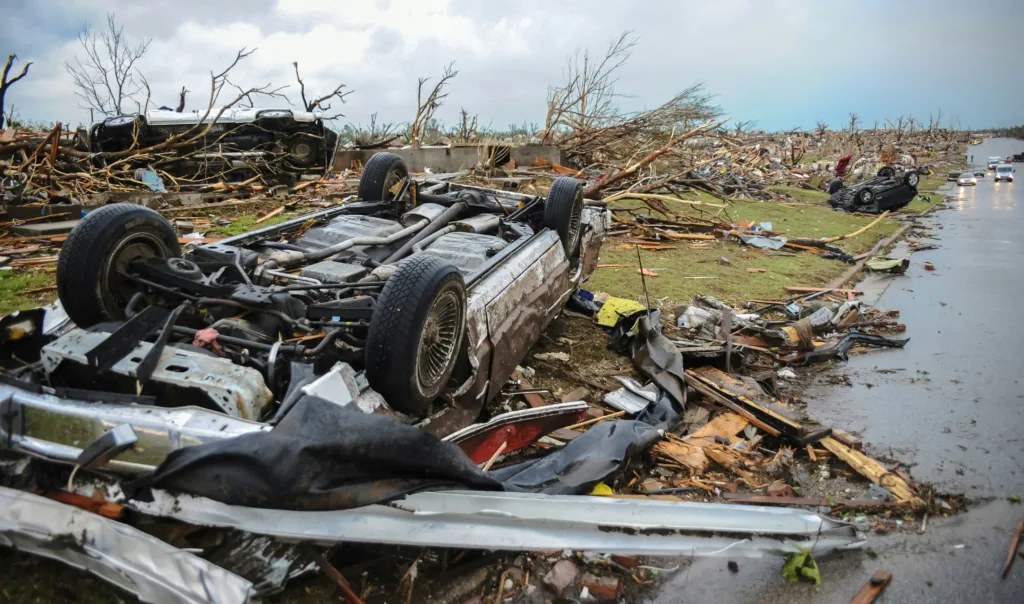In “Preparing Your Home for Natural Disasters: A Safety First Approach,” you will gain comprehensive insights into the essential measures required to safeguard your home from natural calamities. This article delves into both historical and contemporary trends, offering a robust analysis of key concepts to enhance your understanding of disaster preparedness. Drawing from detailed case studies and a comparison of various perspectives, the discussion highlights the critical steps for effective protection, from structural enhancements to emergency planning. By exploring future trends and their implications, the article not only emphasizes the importance of a safety-first mindset but also provides actionable recommendations for long-term resilience.
Table of Contents
Preparing Your Home for Natural Disasters: A Safety First Approach
Have you ever wondered if your home is truly prepared for a natural disaster?
Natural disasters can strike without warning, causing significant damage to homes, infrastructure, and communities. With the increasing frequency and severity of these events, ensuring your home and family are prepared has never been more critical. By adopting a “Safety First” approach, you can mitigate risks and enhance your readiness for potential catastrophes.
Overview
In this article, we will explore the importance of preparing your home for natural disasters. We’ll delve into the historical context, current trends, key concepts, and detailed strategies to safeguard your home. By the end, you’ll have a comprehensive understanding of how to implement a safety-first approach that maximizes protection for you and your loved ones.
Thesis Statement
Proactive preparation and a robust safety-first approach are essential for effectively safeguarding your home against natural disasters, offering peace of mind and resilience in the face of unpredictable events.

This image is property of images.unsplash.com.
Historical Context
The Evolution of Disaster Preparedness
Natural disasters have always been a part of human history, shaping civilizations and influencing settlement patterns. From the catastrophic eruption of Mount Vesuvius in 79 AD to the devastating 1906 San Francisco earthquake, societies have continuously adapted their disaster preparedness strategies. Over the last few centuries, scientific advancements and technological innovations have significantly improved our understanding and readiness for natural disasters.
Key Historical Milestones
| Year | Event | Impact |
|---|---|---|
| 79 AD | Eruption of Mount Vesuvius | Highlighted the need for early warning systems. |
| 1906 | San Francisco Earthquake | Led to advancements in building codes and urban planning. |
| 2005 | Hurricane Katrina | Triggered a reevaluation of emergency response and infrastructure resilience. |
Current Trends
Increasing Frequency and Severity
Recent data indicates a marked increase in the frequency and severity of natural disasters, driven in part by climate change. Hurricanes, wildfires, floods, and earthquakes are becoming more common and more destructive. This trend underscores the urgency of adopting effective disaster preparedness measures.
Technological Innovations
Advancements in technology have paved the way for more sophisticated monitoring and early warning systems. drones, AI analytics, and satellite imagery now play a vital role in predicting and responding to natural disasters. Integrating these technologies into home preparedness strategies can significantly enhance safety and resilience.

This image is property of images.unsplash.com.
Key Concepts and Definitions
Disaster Preparedness
Disaster preparedness refers to the proactive measures taken to minimize the impact of natural disasters. It encompasses planning, organizing resources, and training to ensure a swift and efficient response.
Mitigation
Mitigation involves actions taken to reduce the long-term risks and damage associated with natural disasters. This includes infrastructural upgrades, land-use planning, and public education campaigns.
Resilience
Resilience is the ability to recover quickly from adversity. In the context of natural disasters, it pertains to a community or individual’s capacity to withstand, adapt, and recover from disruptive events.
Detailed Exploration
Assessment and Planning
Home Risk Assessment
Conducting a thorough risk assessment of your home is the first step in disaster preparedness. Identify potential hazards such as proximity to flood zones, earthquake fault lines, or wildfire-prone areas. Consult with local authorities and use online tools to gather relevant information.
Disaster Preparedness Plan
Develop a comprehensive disaster preparedness plan that outlines evacuation routes, emergency contacts, and essential supplies. Ensure all family members are aware of the plan and conduct regular drills to practice emergency procedures.
Structural Reinforcements
Earthquake-Proofing
Ensuring your home can withstand seismic activity is crucial in earthquake-prone regions. Reinforce the foundation, secure heavy furniture, and install earthquake valves on gas lines to prevent leaks.
Flood-Proofing
Flood-proofing measures include elevating electrical systems, installing sump pumps, and using water-resistant materials for basements. Keep a supply of sandbags ready for quick deployment during flood threats.
Emergency Supplies and Equipment
Basic Necessities
Stock up on essential supplies such as non-perishable food, water, medications, and first aid kits. Aim to have enough provisions to last at least 72 hours.
Emergency Power
Invest in a portable generator or solar panels to ensure a backup power supply during outages. Keep extra fuel and batteries on hand to sustain critical functions.
Community Engagement and Resources
Networking
Build a network with neighbors and local community groups to share resources and information during emergencies. Participate in community disaster preparedness programs and volunteer for local response teams.
Local Resources
Familiarize yourself with local emergency services, shelters, and medical facilities. Keep a list of important contacts and locations readily accessible.

This image is property of images.unsplash.com.
Case Studies
Example 1: Hurricane Harvey
Hurricane Harvey, which struck Texas in 2017, serves as a powerful example of the importance of disaster preparedness. Areas that implemented robust mitigation strategies, such as upgraded flood defenses and effective evacuation plans, experienced significantly less damage and loss of life. This case highlights the necessity of proactive measures and community engagement.
Example 2: The Great East Japan Earthquake
The 2011 Great East Japan Earthquake and subsequent tsunami resulted in widespread devastation. However, regions with stringent building codes and earthquake-resistant infrastructure fared comparatively better. This example underscores the critical role of advanced planning and structural reinforcements in disaster resilience.
Comparison of Different Perspectives
Proactive vs. Reactive Approaches
A proactive approach to disaster preparedness involves anticipating potential risks and taking preventative measures. In contrast, a reactive approach focuses on responding to disasters after they occur. Evidence suggests that proactive strategies significantly reduce damage and enhance recovery capabilities.
Individual vs. Community Preparedness
While individual preparedness is essential, a community-wide approach offers broader protection and resource sharing. Combining personal mitigation efforts with collective action can lead to more comprehensive and effective disaster management.

Impact Assessment
Evaluating the impact of different preparedness strategies is crucial for continuous improvement. Data from past events indicate that regions with well-implemented disaster plans and structural reinforcements experience lower casualty rates and faster recovery times. This evidence supports the effectiveness of a safety-first approach in mitigating the effects of natural disasters.
Future Directions and Implications
Predictions for Future Trends
Given the trajectory of climate change, it is likely that natural disasters will become more frequent and severe. Innovations in technology, such as AI-driven predictive models and smart home systems, will play an increasingly vital role in disaster preparedness and response.
Broader Implications
Preparing homes for natural disasters has significant implications for public safety, economic stability, and community resilience. By adopting a safety-first approach, individuals and communities can reduce the adverse effects of disasters, promote recovery, and enhance overall quality of life.

Conclusion
Recap
Preparing your home for natural disasters involves a multifaceted approach that includes assessment, planning, structural reinforcements, and community engagement. By adopting a safety-first mindset, you can significantly reduce risks and enhance your resilience.
Final Thought
Are you ready to take the necessary steps to safeguard your home and loved ones from natural disasters? Proactive preparation is not just a precaution—it’s a commitment to safety and resilience in an unpredictable world.
Engagement
We encourage you to share your thoughts, experiences, and tips in the comments section. Let’s foster a community of preparedness and resilience together.
Credible Sources
- Federal Emergency Management Agency (FEMA). “Preparing for Natural Disasters.” Accessed at www.fema.gov.
- National Oceanic and Atmospheric Administration (NOAA). “Natural Disasters Trends.” Accessed at www.noaa.gov.
- United States Geological Survey (USGS). “Earthquake Preparedness and Safety.” Accessed at www.usgs.gov.
- American Red Cross. “Disaster Preparedness Resources.” Accessed at www.redcross.org.
- Smith, Keith. Environmental Hazards: Assessing Risk and Reducing Disaster. Routledge, 2021.
- Cutter, Susan L. “The Vulnerability of Science and the Science of Vulnerability.” Annals of the Association of American Geographers, vol. 93, no. 1, 2003, pp. 1-12.
By following these guidelines and leveraging available resources, you can adopt a safety-first approach that effectively prepares your home and family for natural disasters. Stay informed, stay prepared, and stay safe.

